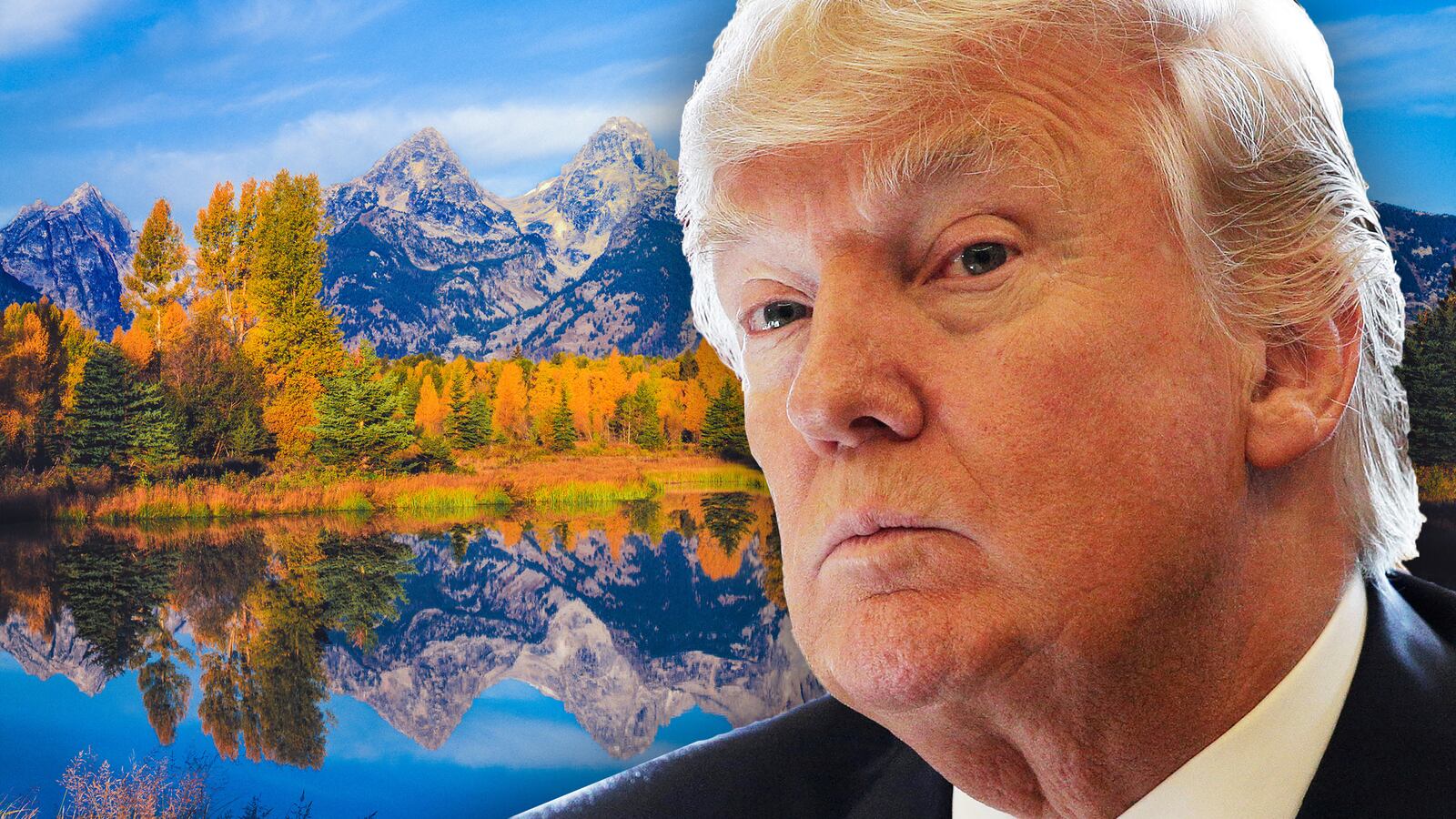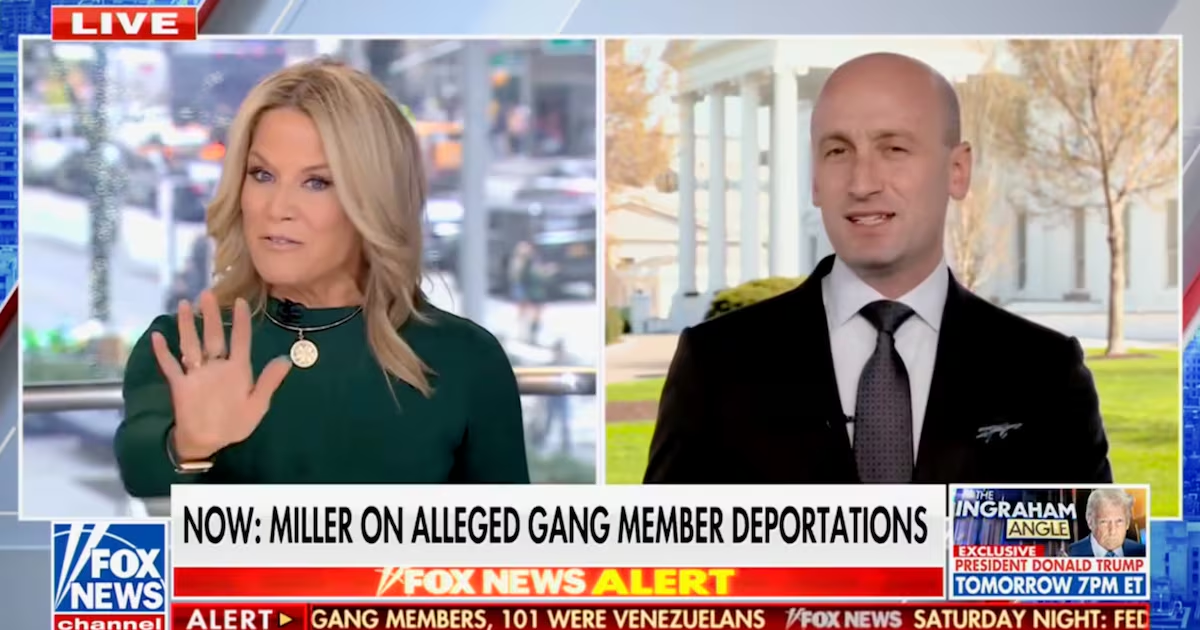Smokey the Bear is in trouble, and his wild cousins in Alaska are really in trouble. Republicans in the U.S. Senate this week followed an earlier House move to strip away protections for bears (as well as wolves and other predators) in national wildlife refuges in Alaska. As a result, cruel practices such as chasing and shooting bears from aircraft, gunning down bears at bait stations, and killing cubs and their mothers in their dens are just a Trump signature from becoming the law of the land. Even for those observers acquainted with the ever-increasing pressure on our nation’s public lands, this brazen, partisan move was shocking.
But if there is a potential silver lining to this latest Trump administration attack on the health and wellbeing of our nation’s environment, it may be the increased attention Americans are now paying to the future of our protected areas. Maybe, strangely, this is exactly what our public lands need right now. While still spectacularly beautiful, vitally important for ecosystem health, and loved by many millions of visitors from all over the world, the survival of such protected grounds is increasingly in question.
In a mind-boggling move most Americans probably missed during the madhouse atmosphere of Trump’s first weeks in office, Republicans in the House of Representative voted for a rule change that would essentially erase the value of federal lands, with the goal of making it easier for the new administration to give away more than 600 million acres to individual states. Included are National Forest and Federal Wildlife Refuge acres, as well as huge tracts of Bureau of Land Management land. Never mind the studies showing that our public lands contribute more than $600 billion and 6 million jobs to the nation’s economy.
This seemingly insatiable desire to privatize public land comes at a time when our public lands are already stressed by human development. For example, while the percentage of population density increase in the United States since 1940 has been 113 percent, around national parks it has been nearly double that, at 224 percent. And while the percentage increase in population densities around the parks varied (for example, 210 percent around Glacier and 246 percent around Yellowstone to more than 3,000 percent around Mojave National Preserve), every park in the national system saw human development increase around its borders. As a result, the grounds we have designated as protected are slowly becoming islands of wildness in an otherwise tame sea.
While the House bill was quietly withdrawn after intense pressure from interest groups—including many traditionally right-leaning hunting and fishing organizations—it’s only a matter of time before such legislation reappears. Other threats to public lands include the introduction of invasive species, “subsidized predators” such as feral cats, and chemical pollution from pesticides and fertilizers. But it is the steady loss of wild ground available to Smokey and his companions that has scientists especially worried. If wildlife cannot move along historical migratory routes to mate or feed, their ability to survive will diminish in a world rapidly being changed by a disrupted climate.
Ah, the subject we suddenly aren’t to talk about or study: climate disruption caused by our burning of fossil fuels, the greatest threat to our public lands. The new president has said climate change is a “hoax,” his director of OMB has declared that budgeting to fight climate change is “a waste of your money,” and his new EPA administrator believes that the extent of human responsibility is still “subject to continuing debate.” Of course, this simply isn’t true: 97 percent of climate scientists say climate change is real and is human-caused.
The debate we ought to be having right now is how best to slow climate disruption so that we can build resilience and create strategies to adapt to the inevitable changes to come. Instead, the Trump administration appears intent not only on stifling debate but on shuttering any scientific research that might drive such a debate. If they can control the message, they seem to imagine, they can control reality. If we don’t study and engage with climate change, in other words, maybe it won’t happen.
But for our national parks and other protected areas, the changes are happening already. The threats are real, whether we acknowledge them or not. And maybe outrageous votes to kill bear cubs and wolf pups in their dens will help us to take these other threats more seriously. Maybe we need the new administration to immediately threaten the parks we love. May that love now increasingly show up in our voices as we refuse to ignore the looming existential threat to Smokey, his home, and to us all.
Paul Bogard is the author of The Ground Beneath Us: From the Oldest Cities to the Last Wilderness, What Dirt Tells Us About Who We Are (Little, Brown), from which this essay is partly adapted.





